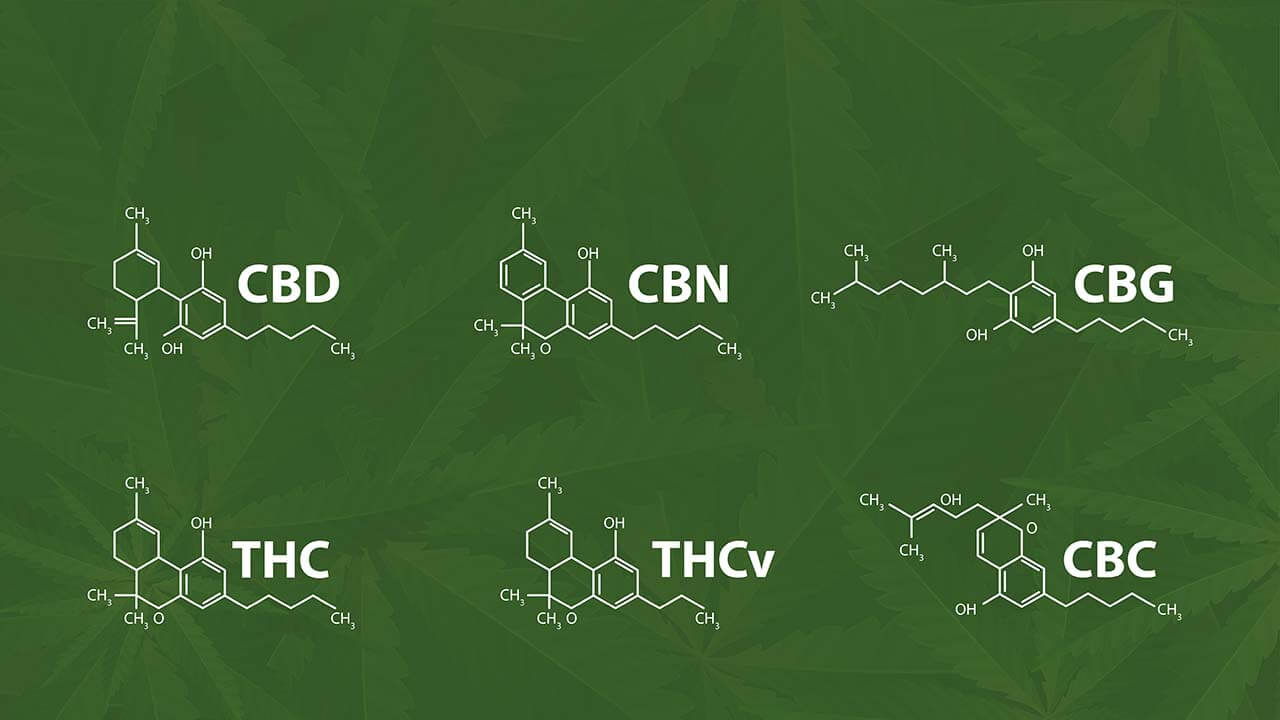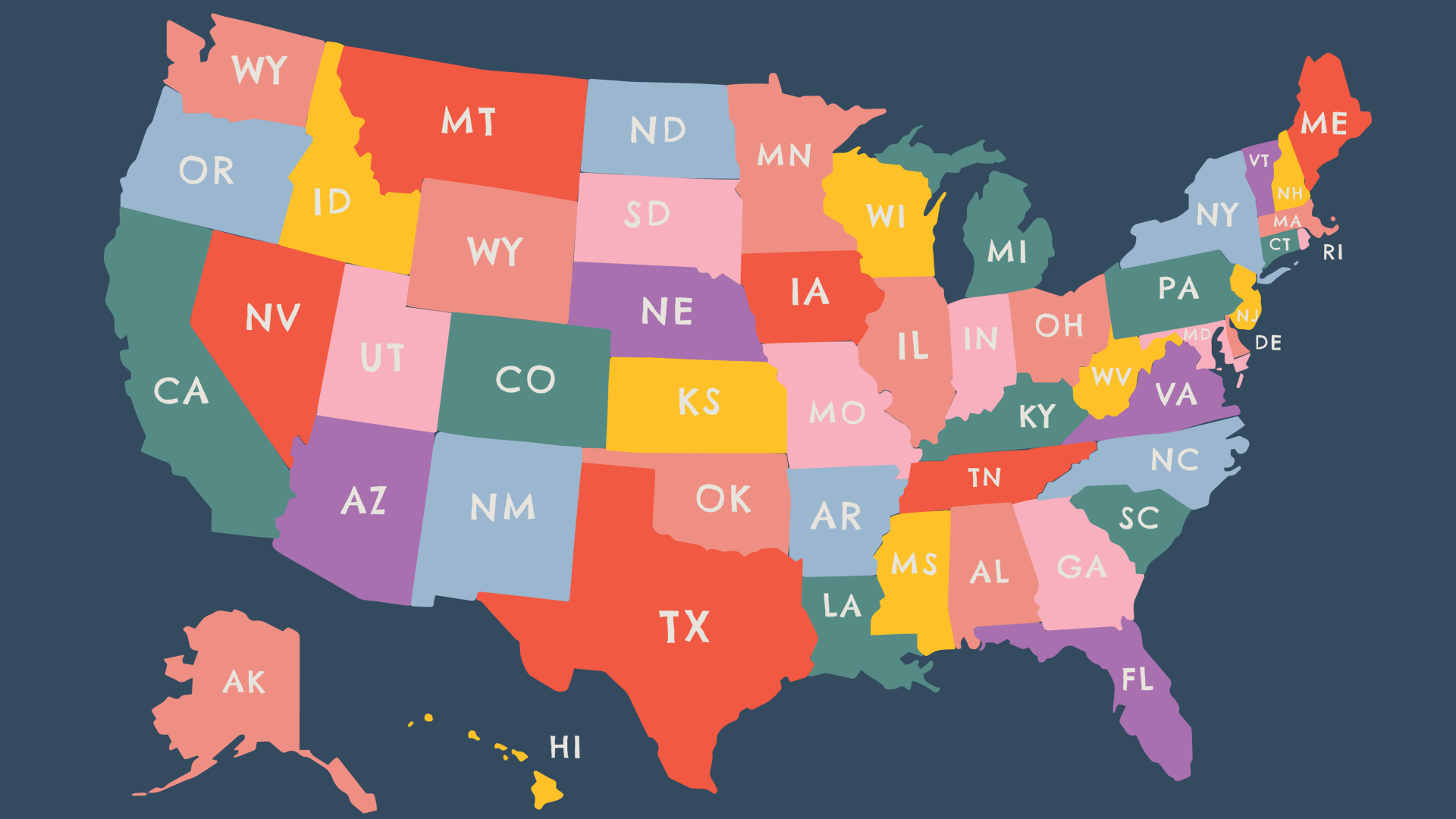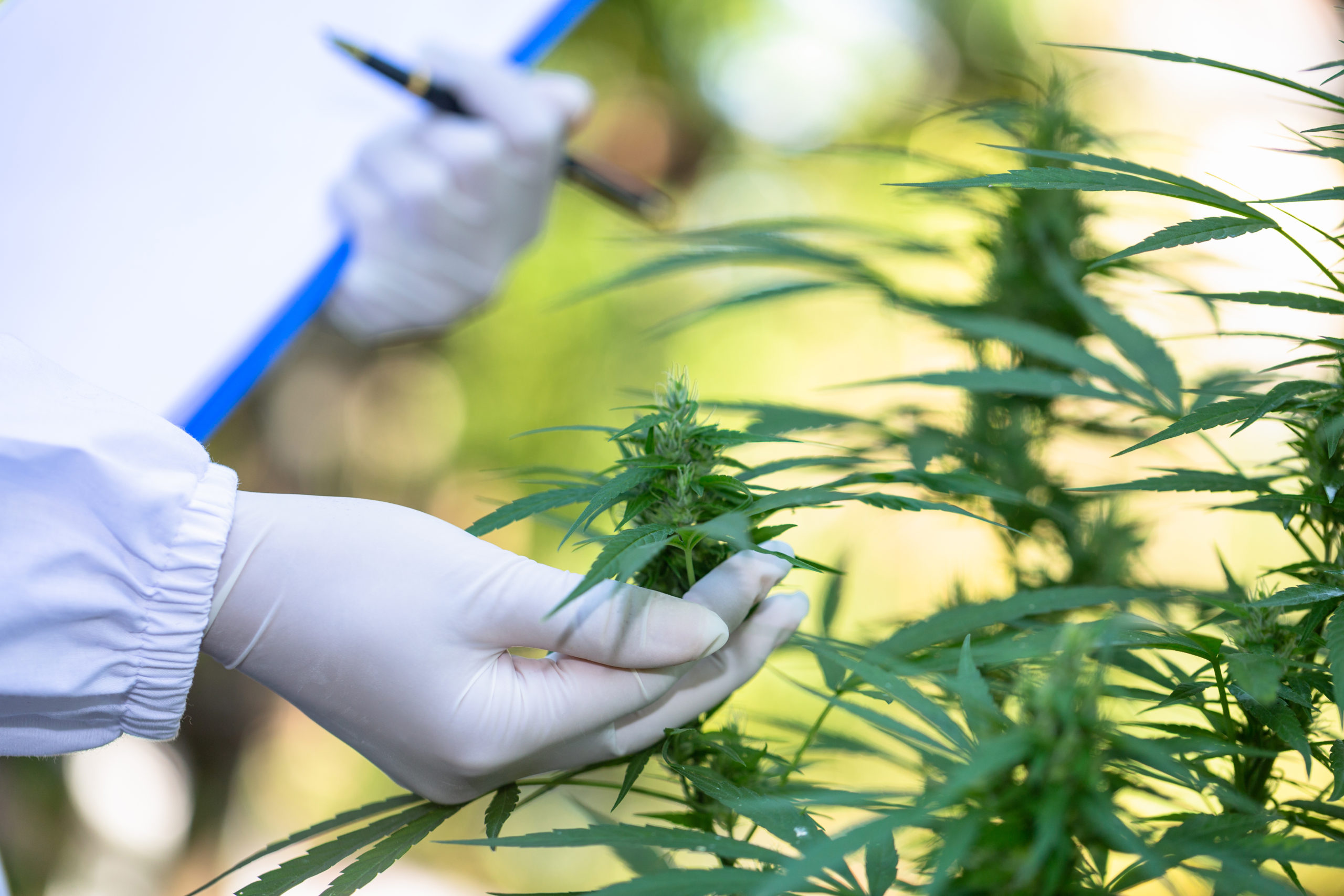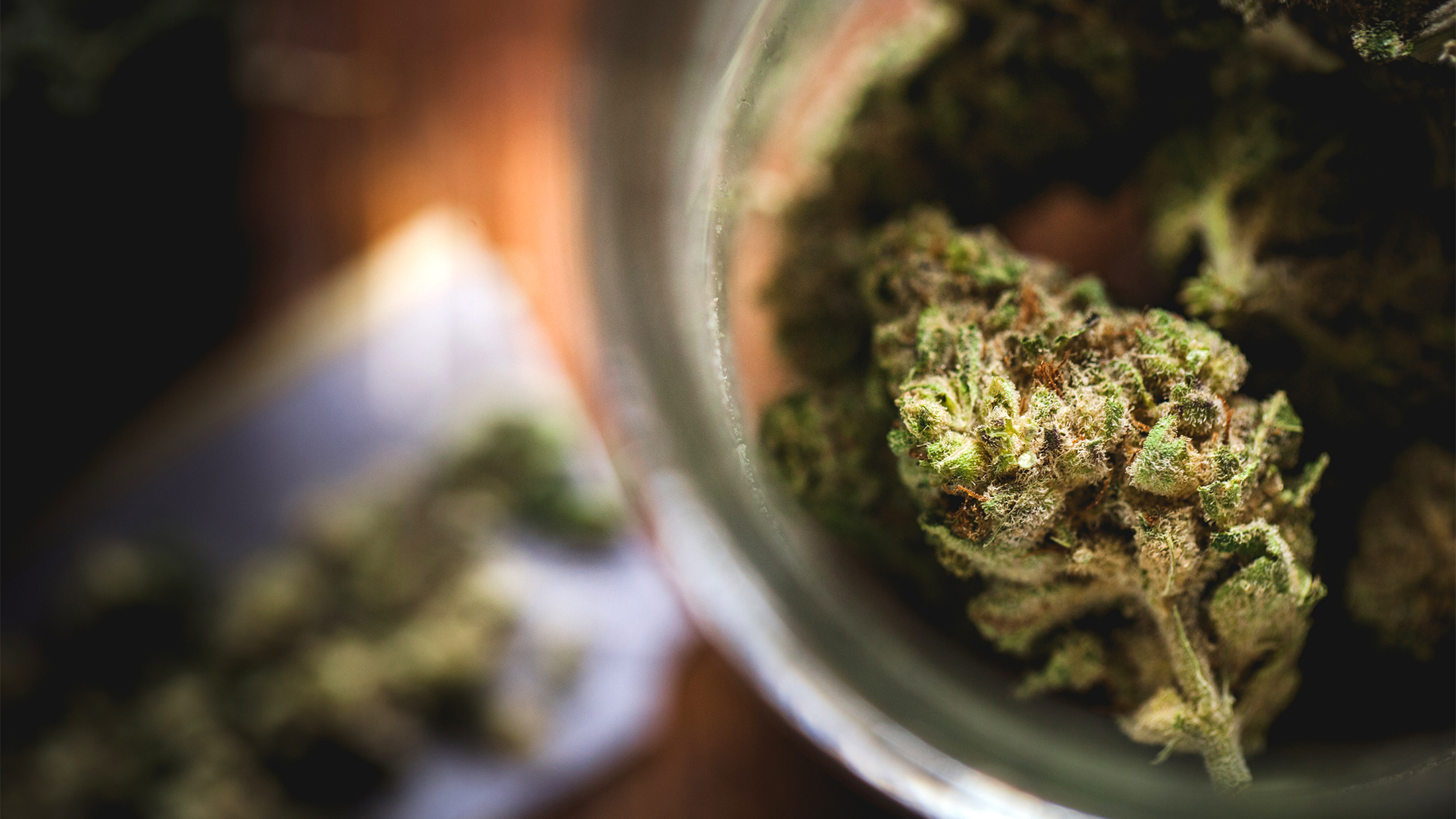Online Drug Markets and Lawsuits Against Snapchat
In this fact sheet, LAPPA examines the features of the Snapchat app that can facilitate online drug transactions, the theory and progression of a major lawsuit against Snap brought by parents of overdose victims, and other recent legal and legislative actions taken against Snap for its alleged role in online drug sales....











